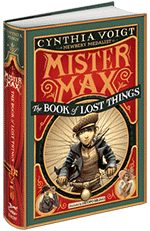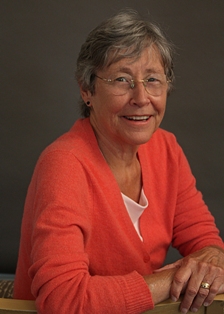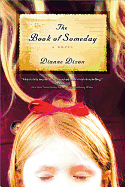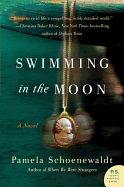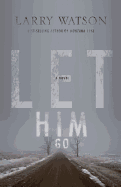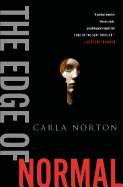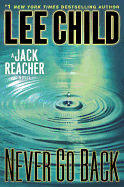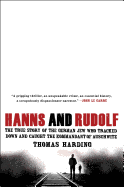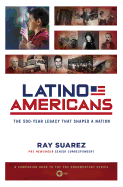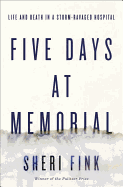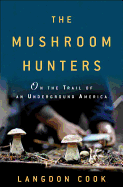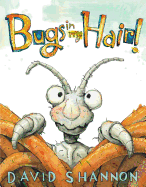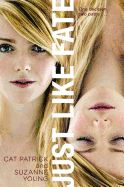 |
| photo: Adam Reitano |
Langdon Cook is a writer (Fat of the Land: Adventures of a 21st Century Forager), instructor and lecturer on wild foods and the outdoors. His second book, The Mushroom Hunters: On the Trail of an Underground America (our review is below), is a look at the commercial mushroom trade as seen through the eyes of the women and men who forage for a living, supplying the restaurants around the country with local wild foods. His writing has appeared in many print and online media. A graduate of Middlebury College in Vermont (BA) and the University of Washington (MFA), he lives in Seattle with his wife, poet Martha Silano, and their two children.
Tell us about yourself.
I studied writing in school and my first jobs out of college were editorial newspaper jobs: copy editing, cub reporter for a small newspaper, that kind of thing.
Then, I was part of this whole new economy thing. The Internet had just broken out, so it was exciting. But really, I wasn't getting any writing done for myself. My wife is a poet, and she received the award of a writing residency in 2004, in a remote part of southwestern Oregon.
So we went and lived off the grid for the better part of a year. Actually, we went into the woods with one kid and came out with two. Lots of things happened out there in the wilderness. Besides coming back with a daughter, I came back with a year's supply of material from our year off the grid. We had a huge vegetable garden, we fished for salmon and steelhead in the Rogue River, and then of course we foraged for mushrooms and berries in the surrounding wilderness.
When I got back to the city, I was a little grumpy about it, and my wife started getting frustrated and said you need to get outside so go take some walks. I started taking some long walks in our local parks and around the neighborhood, and I noticed a lot of the wild foods that I had been harvesting off the grid.
That's really what lead to my first book, Fat of the Land [The Mountaineers Books; 2011].
In addition to the writing, I lead foraging trips, I do some cooking classes. Really, my goal is to try to get people outside interacting with the natural world.
How did you get so deeply interested in mushrooms?
I think that mushrooms have a mystique within the foraging pantheon. Part of it is the treasure hunt atmosphere that surrounds the mushroom hunt. It's a chance to go out into the woods and poke around and look for edible gold. Everybody loves the mushroom hunt. People who have never been on a mushroom hunt, you take them out into the woods, and all of a sudden, they're finding their first chanterelle or king bolete or what have you. You can just see the excitement.
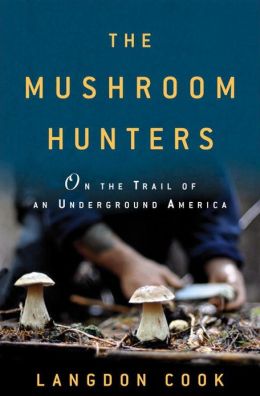 How did you go from a personal interest and passion for foraging to the world of commercial mushroom pickers?
How did you go from a personal interest and passion for foraging to the world of commercial mushroom pickers?
That's really what the heart of this book is. It's a hidden subculture that's moving with the seasons and is rarely glimpsed because these folks are working in the woods under cover, as it were. It's a cash business, and the product is fleeting. Most people eating a fine meal at a three- or four-star restaurant in New York have no idea where these wild mushrooms came from that are now on their plate. But somebody had to go out and pick them, because they're not domesticated.
As I foraged more, I would occasionally run into some of the commercial guys out there, and I can remember when I realized that I needed to be investigating some of this more closely.
I was picking morels in the North Cascades of Washington back in July of 2007 with a friend. We had our little mushroom baskets and maybe a few pounds of morels, and we started hearing strange sounds echoing through the woods.
All of a sudden, we emerged into this opening into the woods, and there were two other guys just across the way. They were both a little over five feet tall with these huge packs on them! They each had probably about 80 pounds of morels on their backs. We realized these were the guys who had been communicating with each other in the woods. Here we were, just staring at them, and they were looking at us.
It was amazing to me that these guys had gone into the woods and found an unimaginable quantity of a mushroom that we were spending all day looking for. Nothing was said, and they just turned on their heels and disappeared back into the timber. And that was the moment when I knew that I had to start looking a little more closely at this. Over the next several years, I tried to get to know some of the pickers and buyers. It's a tough web to penetrate.
How long did it take you to start gaining their trust?
I spent several years on the mushroom trail writing the book. I was lucky to meet a couple of folks who were willing to spend time with me and introduce me to other pickers and buyers. They would become the main characters of the book. I'm talking about Jeremy Faber, who's a buyer in Seattle and has a company called Forged and Found Edibles, and a picker named Doug Carnell. They were both generous with their time and their knowledge. Through them, I got to meet other pickers and buyers and I traveled up and down the West coast. I traveled as far north as the Yukon, as far south as Northern California, east to Montana, and I went elsewhere. But the heart of the mushroom trail is the greater Pacific Northwest.
Sounds like you made yourself available and helped where you could.
Everything I picked went into the picker's bucket. I didn't want to be a hindrance; I didn't want to slow anyone down. I offered car rides to people who needed them, I cooked when it was needed, I bought food. I did not want to get in the way. And yet, there were times I was told, in so many words, that I wouldn't be welcome on a certain pick. There were times I met pickers and buyers that were suspicious of me. I think you're talking about in many cases a fairly disenfranchised group of people.
The potential to bring in a great amount of money once in a while is compelling.
There's the crux of it, right? It's that potential, it's that hopefulness. There's something truly American about that. If everything breaks the right way, you could end up with a small bundle of money at the end of the day, the end of the week, the end of the month. It's that hope, that desire, that propels pickers on.
What do you think the state of the mushroom is in terms of the commercial mushroom pickers? Is it increasing?
It is a business that's growing. To keep it in perspective, though, the mushroom trade in North America is dwarfed by the mushroom trade in other parts of the world. In China, I was amazed by the scale of the mushroom trade. We would go to small cities in the Tibetan areas of the Sichuan province where you would be in the town square, their equivalent of the farmer's market, and there would be 30 stands selling mushrooms, as opposed to the one stand you might see at an American farmer's market.
The mushroom trade is a hard area to study because of its very nature, because of its clandestine nature, because it's itinerant and fleeting and largely unnoticed in the woods. But it does seem to be growing in this country. And I think that this growth is commensurate with a broadening interest in artisanal foods, wild foods, foraged foods. --Rob LeFebvre, freelance writer and editor
Langdon Cook: Mushroom Mystique
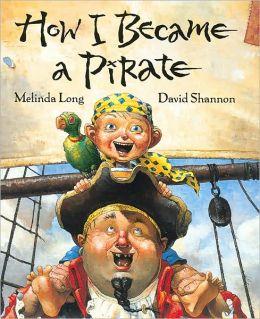 In How I Became a Pirate by Melinda Long, illustrated by David Shannon (Houghton Mifflin Harcourt), young Jeremy Jacobs can't resist a pirate crew's invitation to join up, but discovers he's a landlubber at heart (there's no place like home). Lest you think girls have no place among pirates, the heroine of the charming early chapter book Kylie Jean, Pirate Queen by Marci Peschke, illustrated by Tuesday Mourning (Capstone), sets out to prove otherwise.
In How I Became a Pirate by Melinda Long, illustrated by David Shannon (Houghton Mifflin Harcourt), young Jeremy Jacobs can't resist a pirate crew's invitation to join up, but discovers he's a landlubber at heart (there's no place like home). Lest you think girls have no place among pirates, the heroine of the charming early chapter book Kylie Jean, Pirate Queen by Marci Peschke, illustrated by Tuesday Mourning (Capstone), sets out to prove otherwise.



 How did you go from a personal interest and passion for foraging to the world of commercial mushroom pickers?
How did you go from a personal interest and passion for foraging to the world of commercial mushroom pickers? 